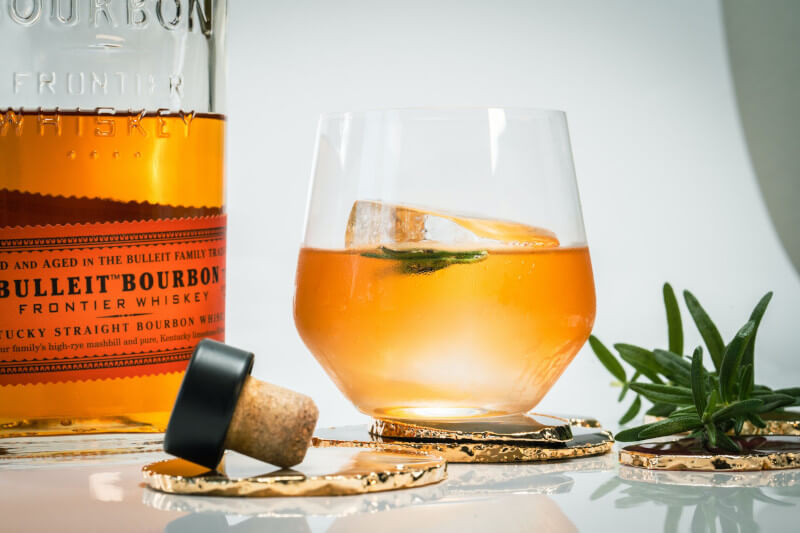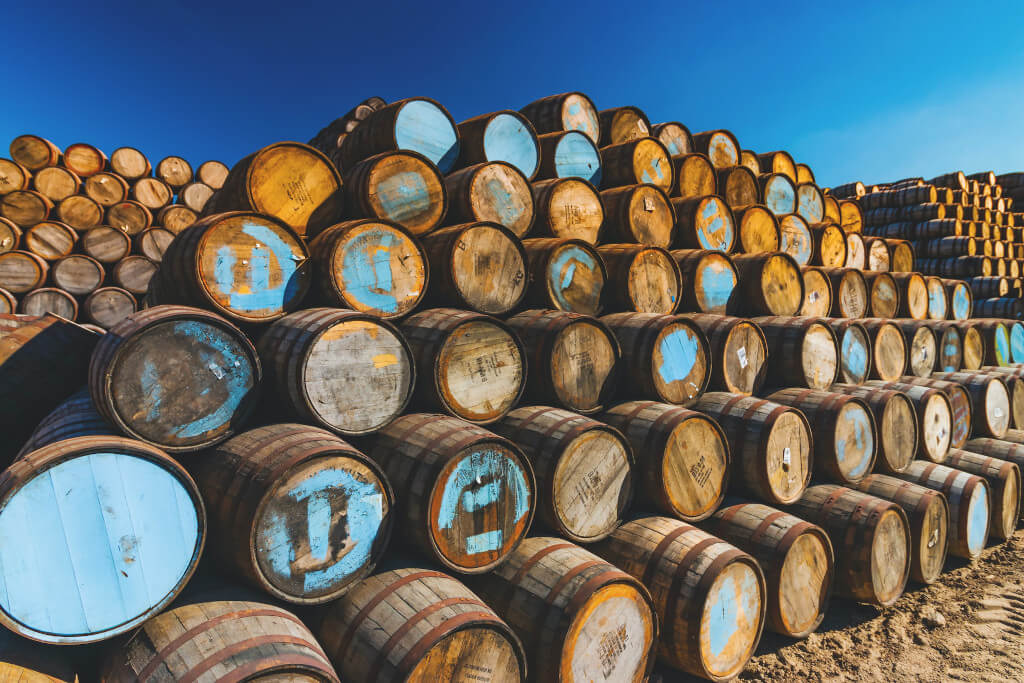Do you ever wonder about the history of the cask that matured your whisky? In the vast world of whisky production, casks have tales to tell. They’ve held Bourbon, Sherry, Port, Madeira, wines, rum, Cognac, and even beer, before being repurposed for whisky. But does the spirit of these past contents influence your present glass of whiskey?
The History Beneath the Wood
Casks aren’t just wooden containers. They’re intricate mosaics of flavors, each plank absorbing the essence of its previous tenant. The question isn’t if these flavors transfer, but how significantly they shape the whisky’s profile.
For instance, if a cask previously held Sherry, it may infuse the whisky with dark fruit tones, almonds, or even hints of chocolate. Bourbon casks might impart sweeter notes like vanilla or caramel. So, every time a whisky matures in such a cask, it’s like a new chapter being written in an ongoing narrative.
Liam Gallagher of Highland Spirits: “The cask’s history is like the undertones in a melody. While it might not always be the leading note, it harmoniously syncs with the main spirit, creating depth. I believe that a Bourbon cask will always leave hints of its legacy, even if it’s just a whisper.”
Each of these spirits leaves behind not just memories, but tangible traces that are crucial in the maturation of new whiskies.
Nature’s Interaction
Wood, being porous, doesn’t just contain the liquid; it interacts with it. Over years of maturation, the spirit seeps into the wood, undergoing numerous chemical reactions. Alcohols break down, esters form, and the complex dance between wood and spirit begins. When a new whisky enters this environment, it’s walking into a rich tapestry of these accumulated interactions, benefiting from a history it never directly experienced.
Varying Depth of Flavors
The depth to which previous spirits have permeated the wood can vary. Casks that held robust spirits like Port or Madeira might have deeper, more entrenched flavor profiles compared to those that housed lighter spirits. This can lead to more pronounced influences on whiskies that age in them.
Beyond Just Flavors

As we all know, the colors of whiskies can also be influenced. Whiskies matured in wine casks, for instance, might take on a redder hue, while those in bourbon casks may lean towards a golden tone. It’s a delicate interplay of tannins, wood sugars, and spirit that results in the final shade of the drink in your glass.
It’s A Dynamic Environment
The inside of a cask isn’t static. Temperature fluctuations cause the wood to expand and contract, facilitating the movement of the spirit in and out of the wood. This means, with each passing season, the whisky gets to “meet” different layers of the cask’s history, absorbing various influences in the process.
A Matter of Time and Interaction
Speak to master distiller Patrick O’Sullivan, renowned for his cask experimentation, and he’ll tell you that the cask’s history plays a role, but it’s a dance between the wood, the previous liquid, and time. The intensity and duration of the spirit’s contact with the cask determine how much influence the previous contents have. A two-year stint in a former Port cask will differ significantly from a ten-year maturation. “Whisky is a master of adaptation. If you let it mature in a cask that previously held wine or cognac, it’s not just adopting notes from its predecessor, but it’s evolving. Yet, this doesn’t mean it loses its essence; it’s just expanding its flavor horizons,” master distiller Christine LaFayette of Bordeaux Barrel Co shares with us.
Cask Virginity – Is It Overrated?
Now, here’s a twist: some master distillers believe in the appeal of virgin casks – those untouched by any spirit. Helen McGregor, a cask specialist with three decades of experience, feels that virgin casks offer a blank canvas, letting the grain’s nuances shine without any overshadowing from past spirits.
Aleksander Ivanov of Slavic Spirits: “In my experience, virgin casks have their merit, but they lack the mystique that comes with previously-used barrels. The prior spirit, be it rum or port, adds a layer of complexity, like an old legend passed down through generations, shaping the whisky’s tale.”
The Purist’s Take
Contrastingly, some whisky connoisseurs argue for minimal influence. They believe that a whisky’s character should primarily reflect the grain, water, yeast, and distillation process. To them, a cask’s past should play a supporting role, not dominate the scene. Renowned distiller James Beaumont is of this school of thought, emphasizing the raw, unaltered taste of the spirit. Hiroshi Nakamura from Eastern Elixirs shares their opinion, “The spirit of the whisky is paramount. While the cask’s past might add a note here or there, a whisky’s true character comes from its ingredients and distillation process. To me, the cask’s history is an accompaniment, not the main performance.”
In the Trenches
In practice, distilleries play with both perspectives. Some brands openly market their whisky’s interaction with former Sherry or Bourbon casks, touting the enriched flavors these casks bring. Others champion their use of virgin casks or those that have held neutral spirits, letting the whisky’s innate flavors play the lead role.
Consider a visit to the Dunn Distillery in Scotland. Here, they proudly let their whiskies mature in former Madeira casks, creating drams with unexpected tropical notes. On the other hand, when you swing by the Walker Estate in Ireland, they emphasize the subtle influence of their former Cognac casks, ensuring it complements rather than overshadows their whisky’s character.
Layers Beyond the Previous Spirit
It’s also worth noting that a cask’s influence isn’t solely about its past liquid. Factors like the wood type (American Oak, European Oak, Japanese Mizunara), its age, the number of times it’s been reused, and the climate where it’s stored, all play pivotal roles in flavor development.
Clara Rodriguez of Iberian Oak Distillery: “It’s not just about the previous spirit, it’s also about the wood’s interaction with that spirit. How the wood reacted to sherry will differ from its reaction to rum. Hence, while the previous contents matter, it’s the cask’s interaction history that plays the pivotal role.”
What Are Your Thoughts?
Ultimately, as you sip your dram, it’s your palate that decides. Some love the rich tapestry of flavors a previously-used cask brings, while others seek the purity of the spirit itself. The debate may go on in distilleries and tasting rooms worldwide, but in your tasting sessions, let your senses be the judge. After all, the beauty of whisky lies in its vast spectrum of flavors, stories, and the magic of time-honored craftsmanship.

